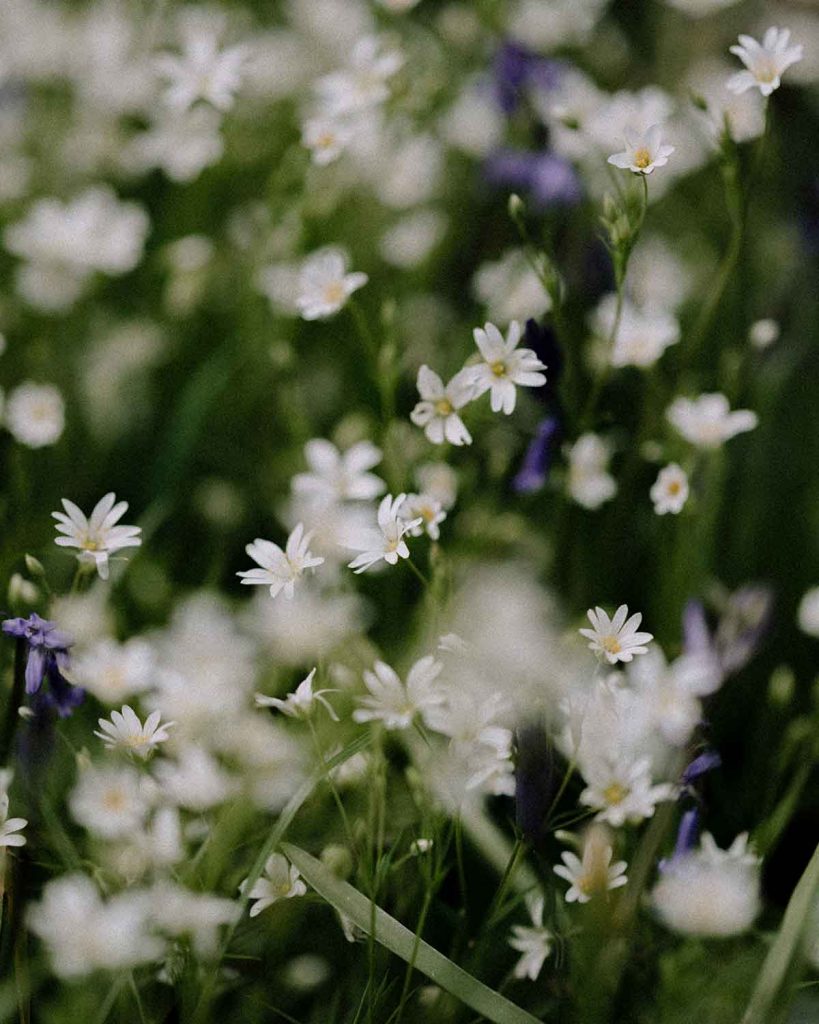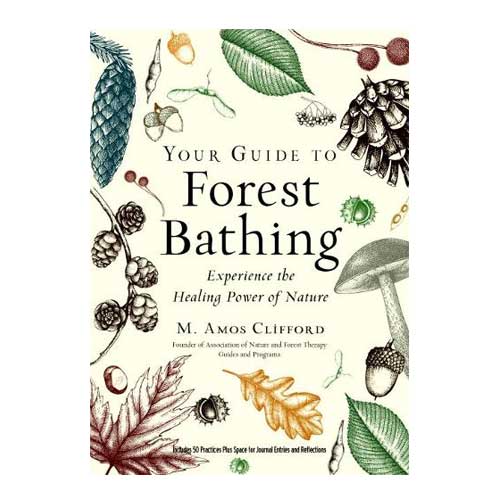In her book, The Nature Fix, Florence Williams discusses the Nature Pyramid and how spending time in nature is imperative to our overall health and well-being. The Nature Pyramid includes four categories from bottom to top as follows: 30 minutes a day in nearby nature, two hours a week in bigger parks, one weekend a month in more restful and larger nature areas, and at least one yearly excursion into the wilderness. Time outside doesn’t even need to be spent actively in order to experience the health benefits, but if you already practice yoga regularly, then taking your practice outside is a great way to fulfil your suggested daily dose of nature. While yoga itself is healing, practicing yoga in nature makes it even more so in these six ways:

1. Breathing in the air.
Take a break from indoor toxins and go outside to breathe in some fresh air. Be sure to steer away from pollutants, such as busy roads, construction sites, or yard work, including recently or heavily fertilised lands. Every practice should begin with some breathwork, even if that just means taking some deep breaths before you begin to flow. (For an effective deep breath, try breathing in through your nose, holding it, and then releasing it through your mouth.) The benefits of breathwork are numerous, including stronger respiratory function, better mental focus, and stress relief. Plus, if you suffer from allergies, many studies show that by increasing your exposure to airborne allergens, your body may increase its ability to tolerate seasonal allergies.
2. Getting grounded.
We hear the term “grounding” a lot in yoga, which involves concentrating on pressing our bodies into the ground to achieve feelings of stability and connectedness with the earth. One form of grounding (or earthing) involves direct skin contact with the surface of the earth, allowing the earth’s electrical charge to stabilise our physiology, improving sleep and reducing pain and inflammation throughout the body. Studies show that only 20 minutes of grounding a day can reap these positive effects. Practicing yoga in nature can be a wonderful opportunity to go barefoot, such as in sand or unfertilised grass. Several postures, including those of the Sun Salutation, Warriors, and Tree Pose can easily be practiced outside without a mat.
Our feet are our body's connection to the Earth. -The Healing Power of Practicing Yoga in Nature Share on X3. Getting cozy with water.
Just the sound of water is proven to increase feelings of relaxation. This is why many recorded meditations or soundtracks meant for yoga and meditation feature the soothing sounds of waves in the background. If you are able to practice next to a body of water, such as a lake, river, or the ocean, you can capture this effect in an organic way. If you’re lucky enough to live near a coastline, you may benefit from natural halotherapy (breathing in salty air), which may help with respiratory ailments like asthma and even help repair skin cells. Regular visits to the beach have also been shown to reduce symptoms of depression and induce an instant meditative state.
4. Spending time among the trees.
Several ancient cultures have worshiped trees, including the Celts; Buddha himself claimed to have achieved enlightenment after meditating underneath a fig tree for 49 days. Modern studies show that the presence of trees has benefits on human health, including decreased blood pressure and feelings of calm. The Japanese practice of Forest Bathing (or Shinrin-Yoku) is considered a psychological exercise meant to increase feelings of connectedness to nature. You can practice Forest Bathing by meditating or flowing while appreciating the view of a nearby tree; a poem by Joyce Kilmer begins with, “I think I shall never see / a poem as lovely as a tree.”
5. Soaking in the sunshine.
If it’s hot outside, you could think of practicing outside as a natural form of hot yoga! If it’s cooler outside, the benefits of sunshine are not lost. Exposing your skin to the sun enables your body to make vitamin D, which may protect against numerous maladies, including cancer, heart attack, and depression. When you expose yourself to sunshine early in the day, the body will produce melatonin sooner, allowing you to sleep more easily at night. Serotonin (the precursor to melatonin) can only be converted into melatonin in darkness, meaning that more effective sleep will result in higher serotonin levels; serotonin is responsible for more positive moods and a calmer, more focussed mental state.
2. Listening to nature’s soundtrack.
We could all benefit from becoming better listeners. Nature’s soundtrack is full of bird calls, the sound of leaves fluttering in the wind, and the echo of faraway voices. Since humans are hardwired to listen for signals of danger and security, an environment of natural sounds feels safe and allows us to let our guard down, reducing stress and encouraging mental recovery. Becoming in tune with the moment can also help you to better listen to the sound of your own breathing, achieving a more effective work-in (during your workout). One of yoga’s most valuable gifts is the ability to become more present. Many philosophers have discussed the importance of existing in the present, but one favourite thought on presence is that of Kurt Vonnegut: “I asked myself about the present: how wide it was, how deep it was, how much was mine to keep.”
The biophilia hypothesis suggests that because humans evolved in and with nature, our nervous systems are most compatible with natural landscapes, meaning that we have an intuitive desire to connect with the natural world. Spending time in nature activates all five senses at once, allowing you to feel present and connected with the natural world. The health benefits that come from spending time outside prove that nature is what your body craves. Perhaps no better evidence of this can be found than practising yoga in nature in your own way, and you don’t need to commit to a wild excursion to get started. Simply step outside and flow in your own backyard.

You might also like…
In Your Guide to Forest Bathing, you’ll discover a path that you can use to begin a practice of your own that includes specific activities presented by Amos Clifford, one of the world’s most experienced forest bathing experts. Whether you’re in a forest or woodland, public park, or just your own backyard, this book will be your personal guide as you explore the natural world in a way you may have never thought possible.




